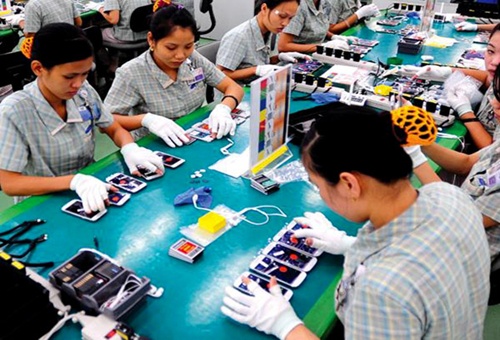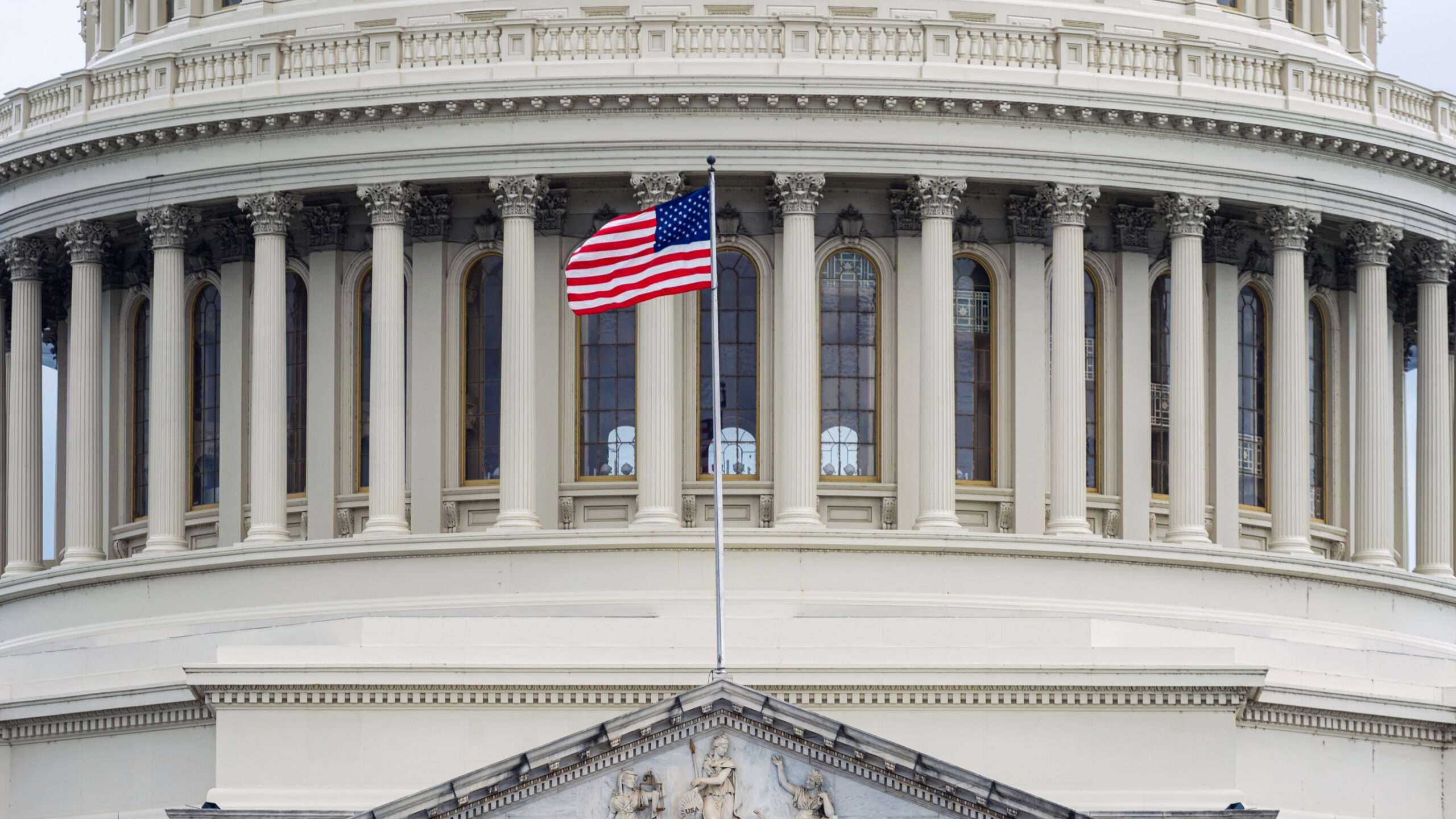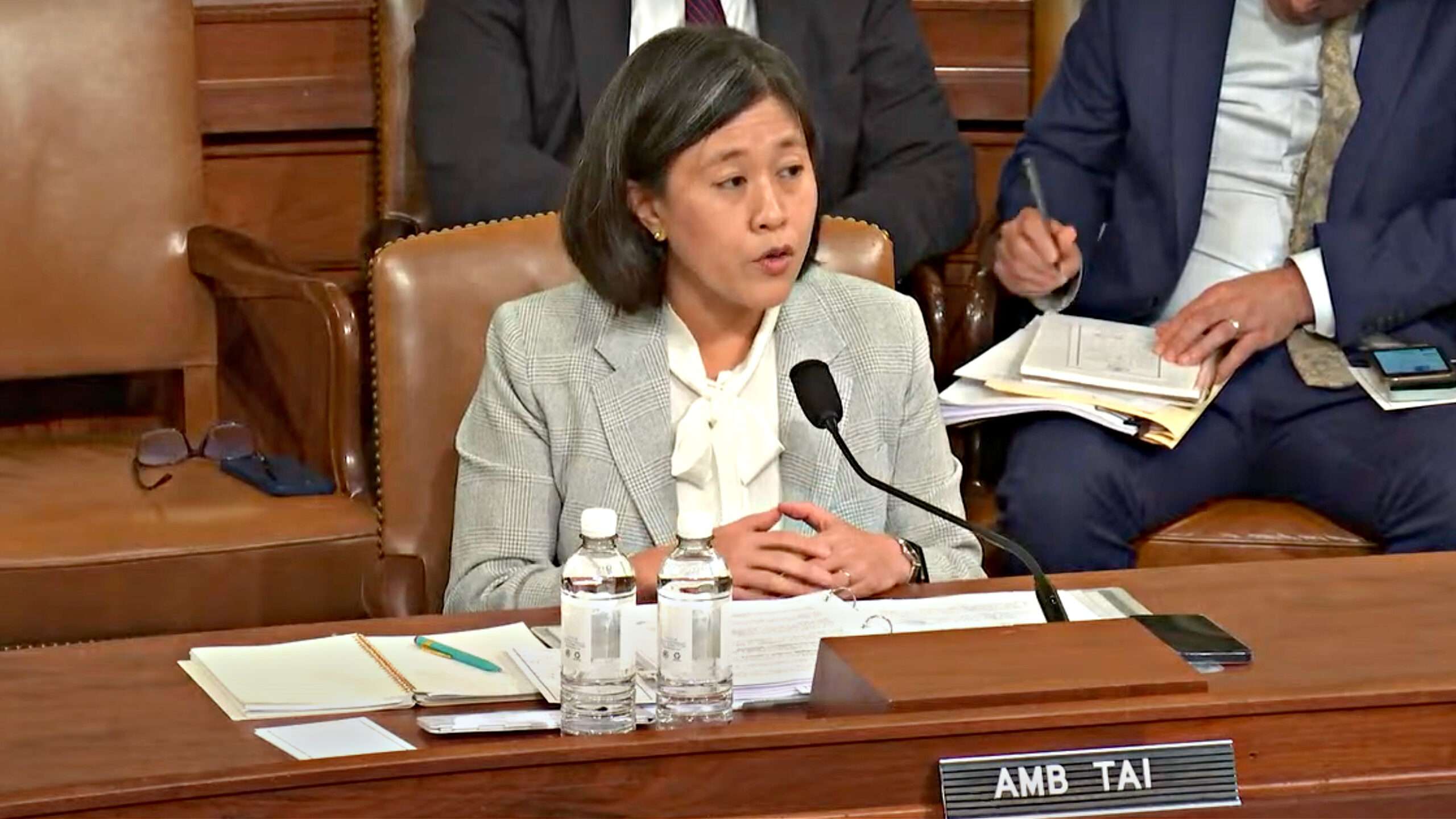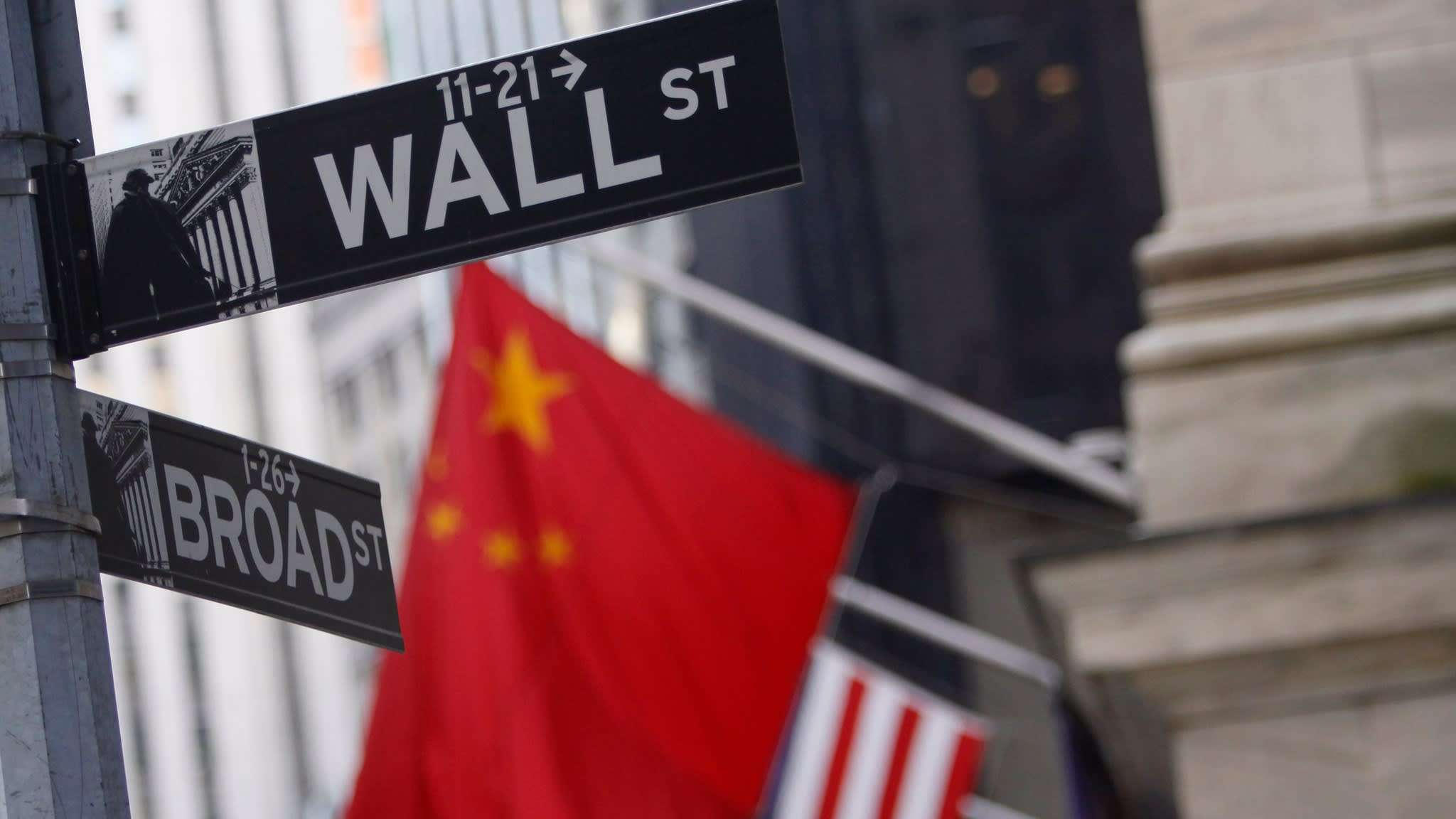By Jeff Ferry, CPA Chief Economist
It took 20 years for China to disrupt global supply chains and build up the world’s largest manufacturing base. In the process they decimated US manufacturing sectors like computers, telecommunications, and furniture.
It seems to be taking just two years for China’s manufacturing dominance to crumble before our eyes.
The trickle of departures of large manufacturing companies from China that began last year after the imposition of Trump administration tariffs is turning into a flood. That’s according to Chinese and other Asian news publications, which are using words like “exodus” and talking about multinationals once reliant on China “abandoning ship.”
According to Japanese business publication, the Nikkei Asian Review,“more than 50 global companies, including Apple and Nintendo, have announced or are considering plans to move production out of China.” Nikkei detailed well-known computer and storage makers like Hewlett Packard and Dell moving production to Taiwan, wristwatch companies Casio and Citizen moving production to Thailand, and electronics makers like Nintendo, Sharp, Asics and Kyocera moving to Vietnam.
While the three rounds of US tariffs on $250 billion of annual US imports from China are the proximate cause of the exodus, the fundamental cause seems to be a sea-change from the previous view that the globalization of supply chains is a permanent feature of the 21st century, to a new view that US-China trade tension will persist and global manufacturing companies need to minimize their reliance on China, diversify their production locations, and shorten their supply chains.
The New Normal
The chief executive of Japanese computer maker Dynabook told Nikkei he was moving production out of China to avoid the risk of tariffs and “be eligible for U.S. government procurement.” Chinese-assembled computers are not even tariffed now. They are included in the so-called List 4 from the US Trade Rep’s office. They may be tariffed if the current US-China trade talks fail. Or maybe not. But the threat of tariffs is enough to prompt Dynabook (a division of Sharp) to move its production out of China. Manufacturing executives like to plan large investments on a five-year or ten-year time horizon and the unpredictable state of global trade relations are leading many to join the exodus. The new normal is short supply chains, diversified manufacturing locations…and avoid China.
In China, electronics journal ESM China, published last week “Who’s Who in the Exodus from China to Southeast Asia,” a wide-ranging look at how the electronic contract manufacturing industry’s departures from China are “forcing a restructuring in the supply chain” and creating new manufacturing clusters in Vietnam, Malaysia and India. Electronic contract manufacturers are not household names but they do vital circuit card and assembly work for familiar names like Apple, Samsung, HP, and many others. According to ESM China, companies heading to Vietnam include Foxconn, Compal, Liteon, and Luxshare. Companies moving to Malaysia include Inventec, Samsung Electronics, Suzhou Goodark, ASE Group, and Osram.
In this rescrambling of the world’s supply chains, Vietnam is emerging as the new location of choice for smartphone assembly. Malaysia is establishing itself as the center for semiconductor packaging.
Apple has been one of the slowest to make the move out of China. Under Steve Jobs, Apple’s business model relied on a limited set of standardized products enabling huge-volume mass production and very low wages paid to obedient manufacturing workers. China was therefore the logical location. But there are signs this is changing. According to Nikkei, Apple has told its suppliers to consider moving 15 percent to 30 percent of their production capacity out of China. It is soon to launch Airpod manufacture in India. An investors’ website that tracks Apple’s hiring patterns reports that while Apple hiring is up in centers like Cupertino, California and Munich, Germany, its advertised job openings in Shanghai are down 47 percent.
Shifting Production Back to the US
There are also indications that some manufacturers are moving production out of China and back to the US. Companies that have made the decision to do more US manufacturing include furniture and kitchenware makers Restoration Hardware, Williams Sonoma, and Whirlpool. Industrial companies bringing production back include Caterpillar and Danfoss, a $7 billion Danish-owned maker of refrigeration and electronic controls with US headquarters in Ames, Iowa. And Stanley Black & Decker announced in May that it would move production of Craftsman Tools from China to Fort Worth, Texas, with a $90 million investment in a highly automated plant that will create 500 jobs.
The exodus of manufacturers out of China is good news for the US on a couple of fronts. The exodus weakens the Chinese Communist leadership’s hand in its negotiations with the US. They are now concerned about employment in manufacturing, with reports of 1 million jobs lost due to the exodus and factories slashing overtime. Further, China’s geopolitical strategy of taking increasing control of the South China Sea can only suffer if neighbors like Vietnam and Malaysia profit from a boom in their manufacturing sectors and become stronger and more self-confident politically and economically.
On the economic front, it’s better for the US if our imports come from diversified sources instead of being dependent on one nation, particularly a nation that is the world’s leading violator of trade and intellectual property protections. Also, there is a greater likelihood that as the smaller Asian nations’ economies grow they will buy more US exports than China ever would have. While some of them may be tempted to engage in currency manipulation and other violations of the principles of free trade, they are sure to observe from the Chinese experience that taking too much advantage of the US will lead to a bad end.
For the US, the fundamental goal remains not to trade one low-cost importer for another but to bring more manufacturing back to these shores. It’s significant that a growing number of politicians in both parties, including presidential contenders like Elizabeth Warren, are recognizing the vital importance of manufacturing growth to US prosperity.
More needs to be done to make the US an attractive location for manufacturing. Policies that can help on that front include realigning the US dollar to make our goods and services more competitive and targeting certain sectors of advanced manufacturing with federal contracts or other support. The main challenge in many manufacturing sectors is not US labor costs, but logistical: entire supply chains have moved to Asia and it is hard to move sections of the supply chain back across the Pacific. A strategic approach is required.













